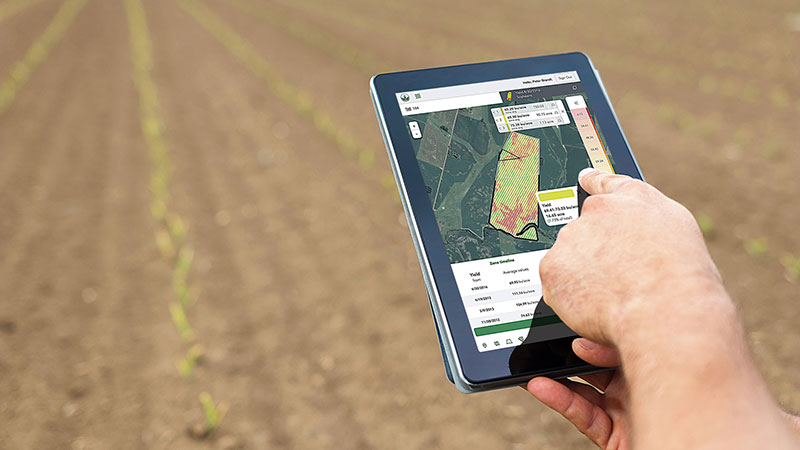Late-planted Soybeans Mean Aphids In August
Because farmers across the Corn Belt planted crops later than normal this season, scouting for soybean aphids might seem later than normal, according to one Ohio State University Extension entomologist.
Even so, the aphids’ appearance is right on schedule, agronomically speaking.
“We’re just hitting the late R4, or early R5 stages of soybean development, and we now have soybean aphids building up in Northern Ohio,” said Ron Hammond, OSU Extension entomologist and professor in the Department of Entomology. “We’re seeing some fields sprayed for soybean aphids, which would normally be considered pretty late, but because of how late the beans are, this is actually the time we should see aphid activity.”
Hammond said the corn crop has reached the stage where insect damage is not as much of a concern, while soybeans are still very much susceptible – most notably from aphid feeding.
Extension researchers and educators recommend farmers consider spraying for soybean aphids when a field averages 250 aphids per plant. Hammond notes that figure is a field average, not merely a count of 250 aphids on any given plant in a field.
“This is the threshold for spraying,” he said, “but the population that really concerns us in terms of injury to the plant is 750 aphids per plant or above.”
He said the conservative insect count used in the recommendation is to insure fields do not experience actual economic injury to the crop.
In terms of pod-feeding insect injury, Hammond’s attention is also focused on the second generation of bean leaf beetles.
“The last of the second generation is starting to come out,” he said. “There are going to be so many soybean fields that are still green when the second generation comes out, they should really disperse themselves. That means we’ll either have very few fields at risk because we’ll see low concentrations of insects in any given field, or we’ll have a lot of fields at risk because the fields are staying green longer.”
The biggest advice Hammond offered to farmers is to continue scouting their fields as August wanes to keep abreast of aphid or bean leaf beetle feeding.
“Growers should scout their fields and take those insect counts so they can make good decisions,” he said. “Soybeans are later than normal, so they could be susceptible, and we need to keep on top of our scouting.”
(Source: Ag Answers)






